Coaching took off in 2014, but truly broke through as an accepted job – one that added real value both to teams and indirectly to fans as spectators, while paying full-time salary and part of prizemoney – in 2015. And despite Valve’s ruling that was supposed to all-but kill coaching, the position still thrives with more people stepping up in hopes of leading one of the scene’s top teams from outside of the game server.
I made the case in mid-2014 that coaching would be the future of Counter-Strike, and while the so-called sixth men of the teams cannot have the kind of impact as in-game leaders that I then envisioned, it seems safe to say coaches are here to say. To name a few examples, all of Astralis, Virtus.pro, FaZe, North, Gambit, fnatic, G2 and NiP field coaches. Na`Vi recently cut ties with starix, but instantly replaced him with newcomer Andi.
Fans and analysts agree that strong coach signings have the possibility to strongly enhance teams, while losing coaches can be detrimental. And yet there seems to be little agreement in terms of how to evaluate coaches in Counter-Strike. Minor commentary and spotty results can be enough to burn one coach, while cementing another one’s status as Counter-Strike royalty.
But how much do we really know about what coaches do? Which coaches make their teams better, and who are the ones who make no difference – or worse, hurt their teams? It is rarely as obvious as in the case of NIP adding threat that a coach was the one forcing a stylistic change. Players not only do not always share publicly how much of an impact their coach has on their play, but they sometimes disagree on that very fact even within the same teams, under the same coaching staff. So how does one evaluate the impact of a coach in Counter-Strike?
Following his contract not being renewed for a longer term, former Tempo Storm and Liquid coach peacemaker, who recently helped OpTic at DreamHack Masters Las Vegas and IEM Katowice, made the point that coaching is a “medium to long-term solution”, because it takes time to get results. And he is not wrong.
The fact is, Valve severely handicapped coaches to the point where they really do need long periods of drilling their idea of how to play the game before the results can objectively be measured. There are instances where the players can quickly tell a coach is not a fit – whether due to their skills, personality, or whichever reason – and will not likely work out. But results-wise you would need months of practice and multiple tournaments to see what’s what. I would even argue that a coach becomes more effective – as long as they do not lose their players, as karrigan did as the in-game leader of Astralis – as time goes on. Work put in together compounds, and leads to much greater results.
A month into a coaching gig, there is very little a coach can say during a timeout or in-between games to make a difference. For all you know, half the players do not even really respect the coach’s opinion – and that does not mean they place no value on it, but it takes real trust to go with what someone outside of the game is telling you, versus what your instincts as a top player tell you to do. The players may not be willing to do what the coach wants, and the short timeouts may not be enough to properly explain what it is the coach thinks needs to be done. This is where time spent together comes in handy.
If you have coached a team for six months, not only should you by then have the players’ trust – or be headed for exits – but you will have experience to point to in crucial moments. Suggesting you run the same tactic that you did four months prior in a similar situation will instantly click with players in a way suggesting an identical tactic with no prior experience never can. Plus, it is the difference between reminding them what happened, and trying to teach often complicated timings and sets of flashes and smokes within seconds. Effectively, it is the light-version of building an incredible tactical reserve to pull from as a long-standing in-game leader.
But to build on that, in today’s Counter-Strike the coach and in-game leader should become more and more of a package deal, not unlike how the head coach and quarterback in American football work together in tandem to coordinate the troops. Communicating your ideas to five players is hard, but if you are ruggah and have been on MSL’s side for a year, you can get your points across to him in seconds – because you probably spend hours and hours speaking to him directly about tactical ideas that are not yet shared with others, to begin with – and he then has the entire round, far beyond the timeout a coach is allowed to speak in, to make sure his teammates understand what to do. In fact, a coach can get across six rounds of game plan in a 30-second timeout in a well-oiled machine.
Perhaps the most taxing aspect of being an in-game leader is all the preparation work that goes into the job. Not only do you need to study your opponents to understand what tactics to run and what setups to avoid versus them, you also need to objectively review your team’s game as often as possible, come up with new tactics and setups to implement, and perhaps even run the daily life in your team. Making the calls – once the tactics are ingrained into the team following months of repetition – is not that tough, but it requires the old cliché of all players being on the same page to effectively do so.
A skilled analyst can do much of what I have described above, but that is where we are headed anyway – towards teams hiring more and more staff to get an edge in the ever-fastening Counter-Strike Arms Race. Despite being unable to call mid-round, or even during the freezetime of each round, a well-planned game plan can take a team through a 15-round half, especially with the generous timeout allowances currently in play. It is not optimal, but it is a workable situation. It simply requires a different approach to coaching than perhaps is considered the norm.
In the end, sometimes we simply will not know. Good coaches flame out of the wrong situations in professional sports, and sometimes good teams make bad coaches look good. It will forever be a game of estimation from the outside, mostly based on hearsay. But over the long-term results and track records will speak for themselves, and even with the limitations placed on coaches, they can make a huge difference in a team.



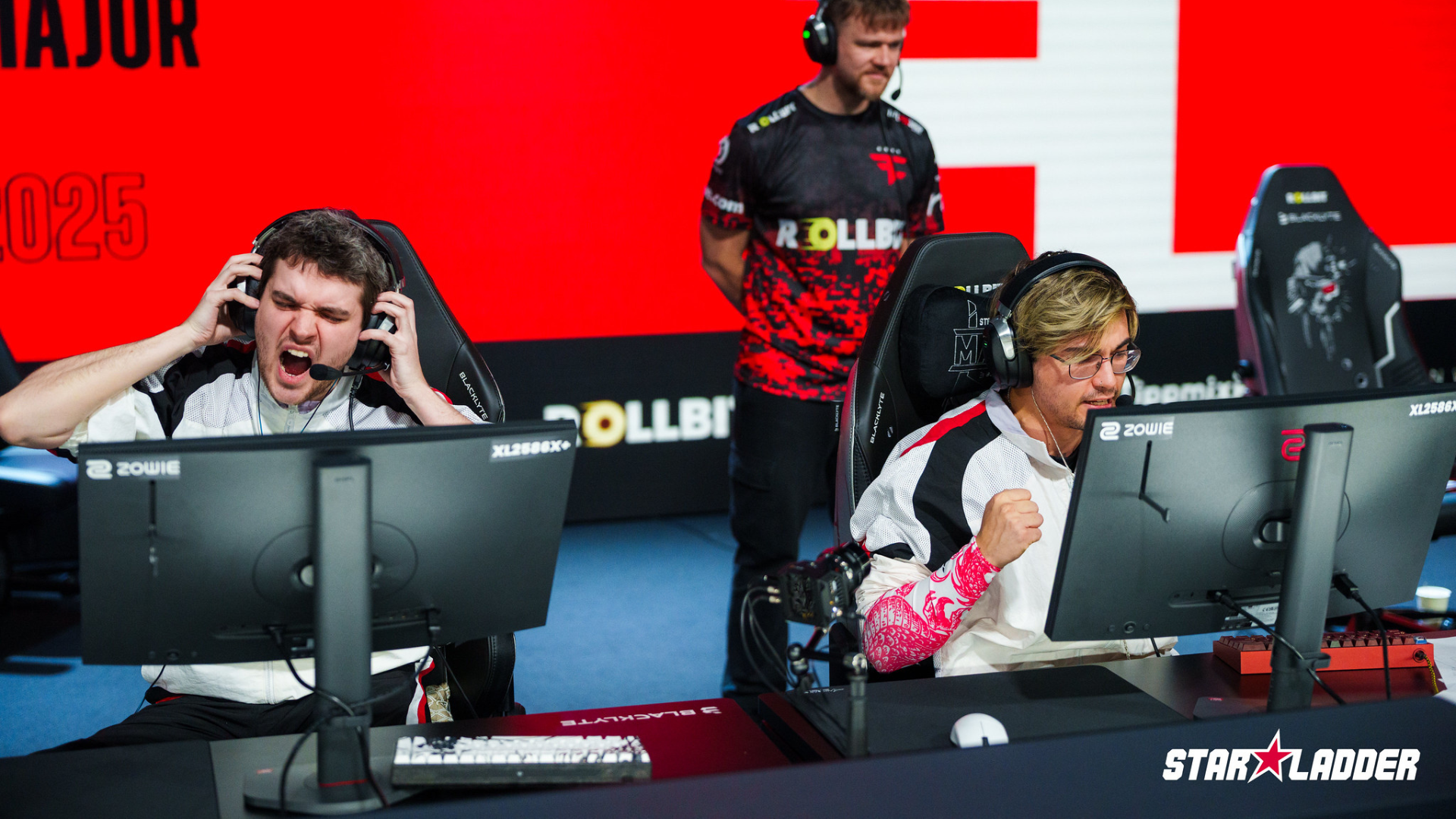

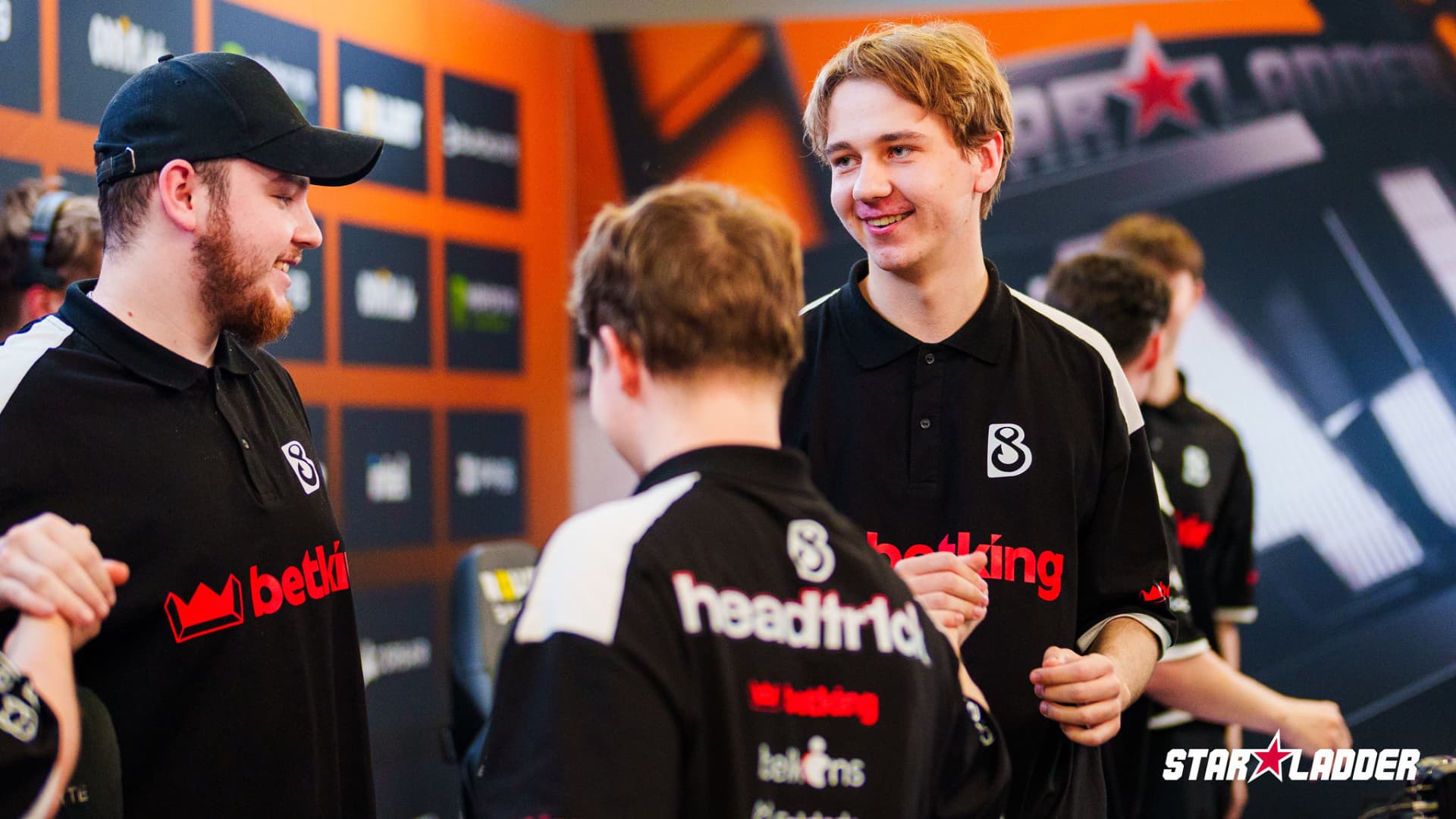
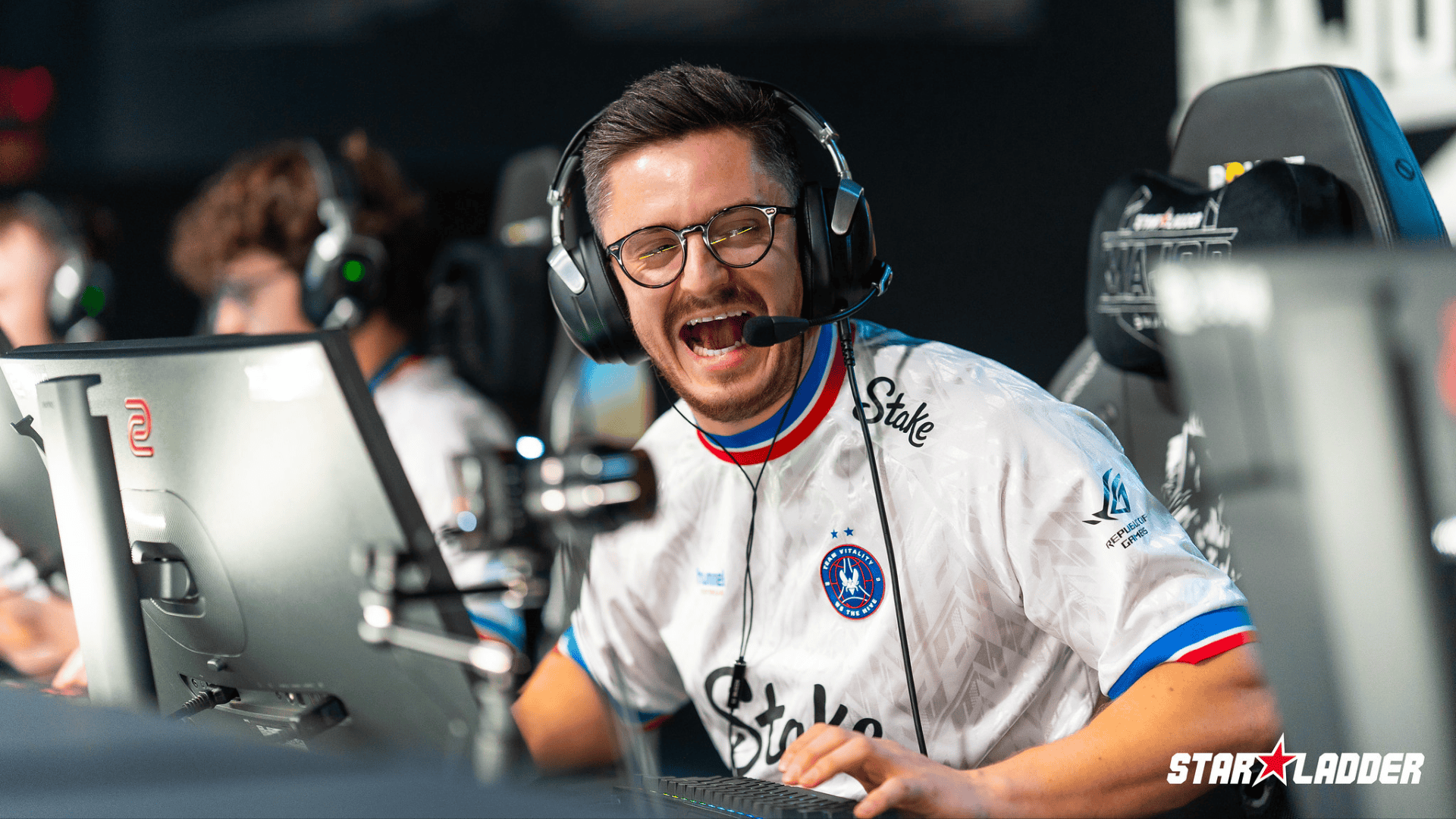
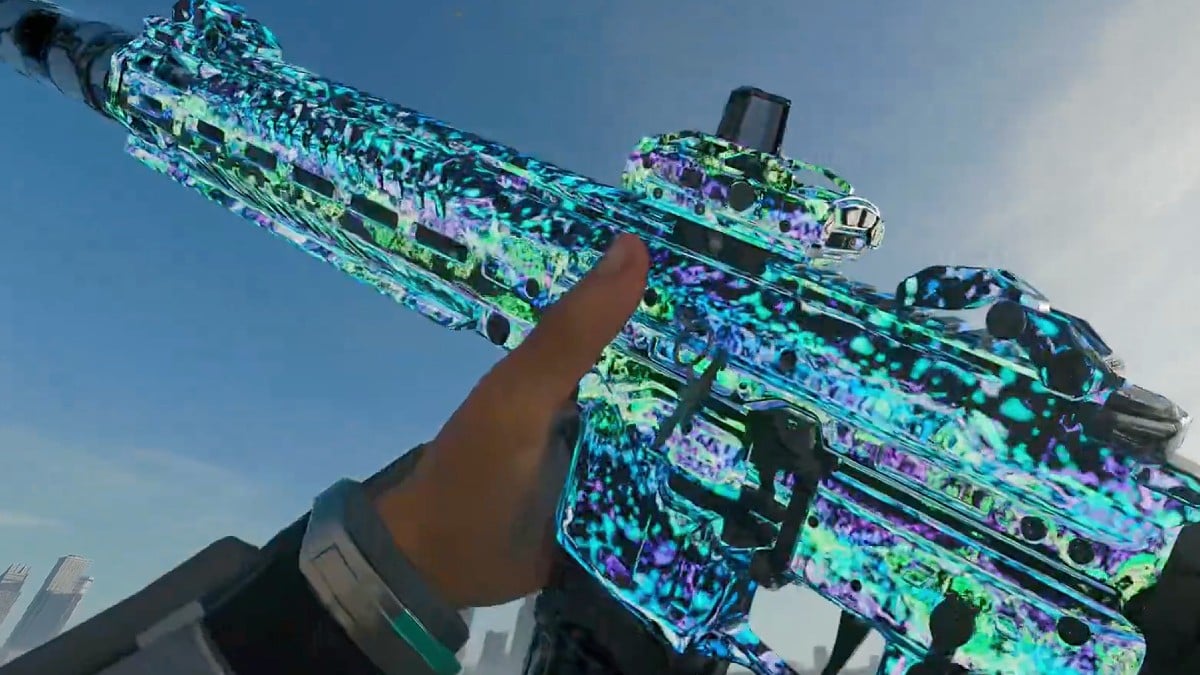
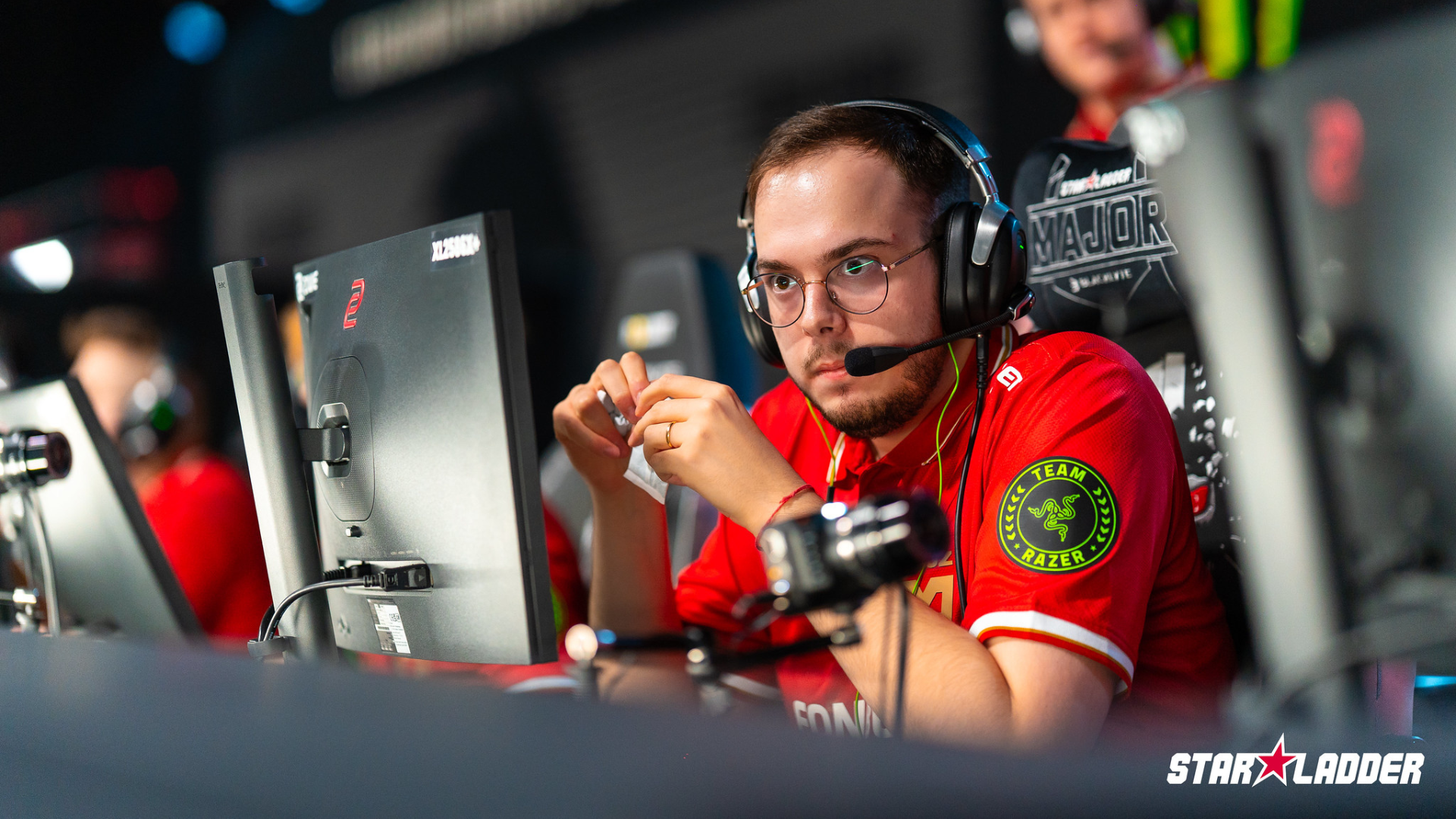

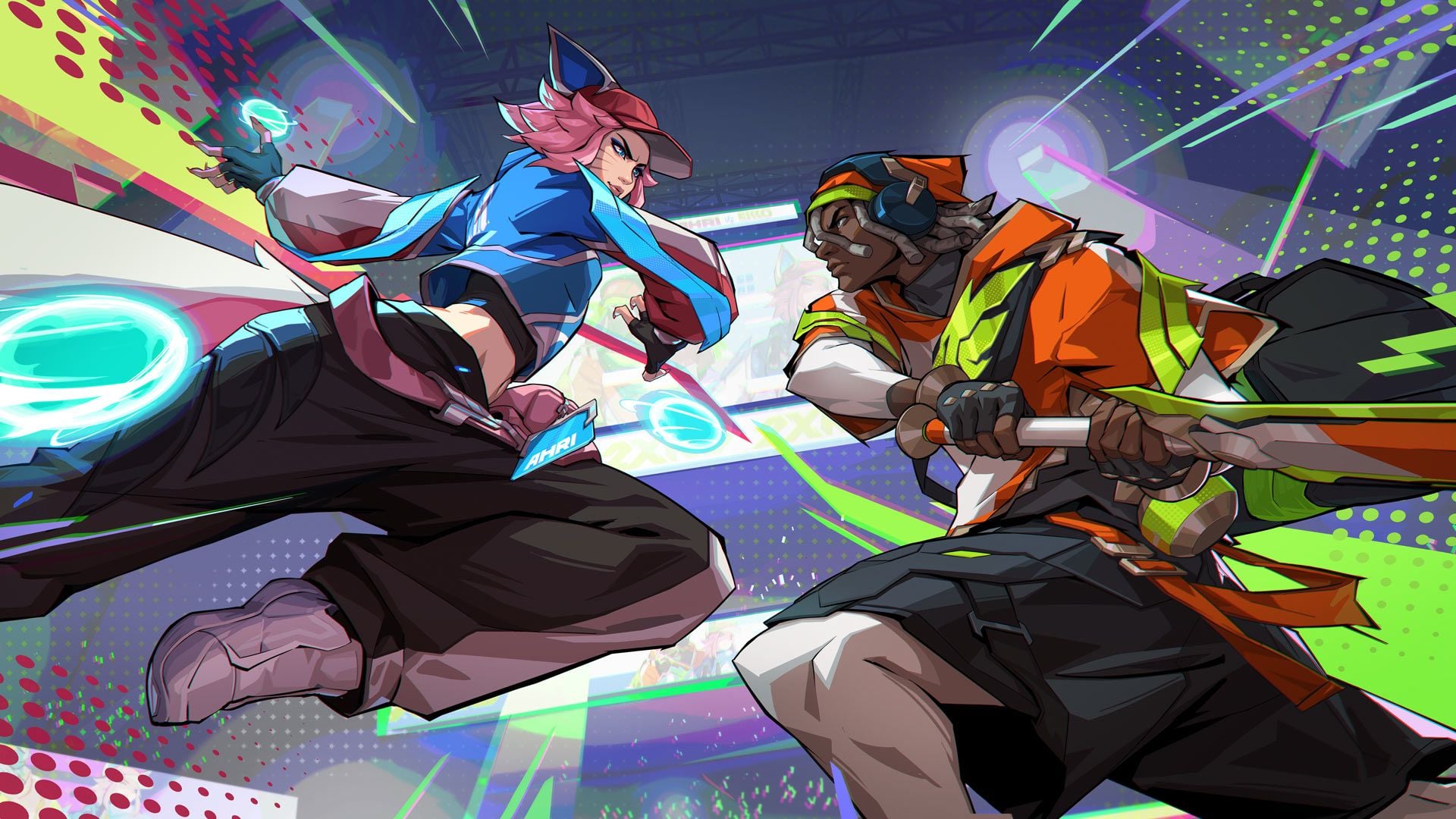

Published: Mar 17, 2017 01:41 am